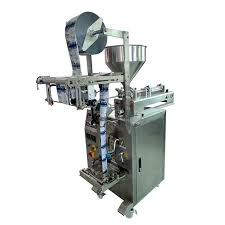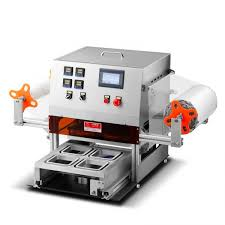Classification and structure of packaging cartons
Packaging cartons can be seen everywhere in our daily lives and have a wide range of applications. Packaging cartons occupy most of the market among many packaging boxes.
The forming process of a paper box is generally to cut the cardboard, crease, and crimp, then bend into shape, or bind, bond, and paste into shape. According to different materials, cartons can be divided into corrugated cartons, whiteboard cartons, and cardboard cartons. According to different shapes, it can be divided into square cartons, round cartons, polygon cartons, special-shaped cartonss, and so on. According to the proportional relationship between the opening surface of the package and the other surfaces, the smaller opening surface is called a "tube-type" pack。
Common carton structure also includes a flap carton, which refers to a carton in which the back of the cover and the box body are combined. A buckle-lid carton refers to a carton made of two pieces of cardboard with the cover and the box body. A portable carton refers to a carton with a handle on the upper part of the box body. A drawer carton refers to a fixed structure carton similar to a drawer.
In industrial production, according to whether the carton can be folded after forming, it is divided into the fixed carton and folding carton. The former is made by adhering and pasting the substrate cardboard with a veneer material, so it is also called a "sticky carton". Once it is formed, the box body is fixed on all sides and cannot be folded. Folding cartons can be folded to save storage and transportation space when the contents are not packed. It is the most widely used paper packaging container.




评论
发表评论